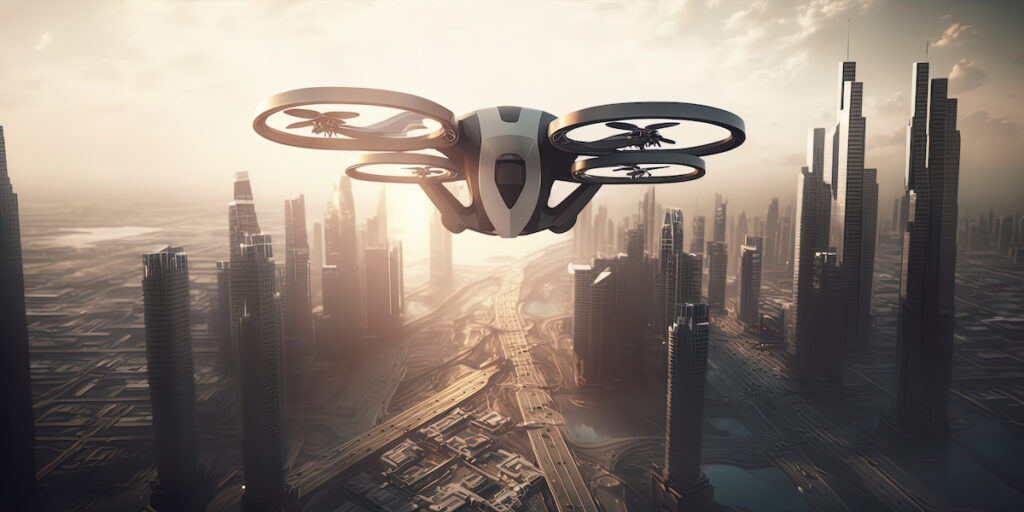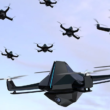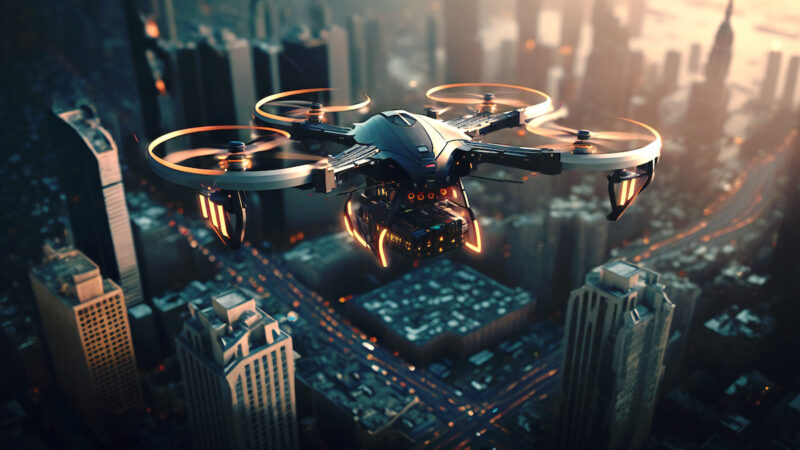Unmanned vehicles, also known as drones or unmanned aerial vehicles (UAVs), have rapidly evolved over the years. These remotely operated machines were once limited to military applications, but today, they are finding their place in various industries, including agriculture, delivery services, and infrastructure inspection. This article aims to explore the current state of unmanned vehicles, their advantages, the potential challenges to widespread adoption, and the exciting possibilities they hold for the future.
Current State of Unmanned Vehicles
Unmanned vehicles have come a long way since their inception. Initially developed for military purposes, they have now become more accessible and affordable. From aerial drones equipped with advanced imaging technologies for surveillance to underwater robots capable of exploring the depths of the ocean, these vehicles are revolutionizing multiple sectors.
In agriculture, unmanned vehicles are being used for precision farming. Equipped with high-resolution cameras and sensors, they can analyze crop health, detect pests, and facilitate targeted irrigation. This technology not only enhances productivity but also reduces water and chemical usage.
The logistics industry has also embraced unmanned vehicles for last-mile delivery. Companies like Amazon are testing autonomous drones for speedy and efficient package transportation. These vehicles have the potential to reduce delivery times and carbon emissions while expanding delivery reach, even in remote areas.

The Advantages of Unmanned Vehicles
One of the significant advantages of unmanned vehicles is their efficiency and cost-effectiveness. With autonomous capabilities, they can perform tasks with greater speed and accuracy than humans. For instance, drones can rapidly inspect large areas of infrastructure, such as bridges and pipelines, saving time and costs compared to traditional manual inspections.
Unmanned vehicles also contribute to improved safety by reducing the need for human involvement in hazardous environments. They are increasingly used for search and rescue operations, surveillance in conflict zones, and monitoring disaster-stricken areas. By replacing humans in dangerous tasks, unmanned vehicles help mitigate risks and save lives.
Moreover, unmanned vehicles provide access to otherwise difficult or inaccessible areas. For instance, aerial drones equipped with thermal imaging cameras can navigate challenging terrains and help identify survivors in disaster-stricken regions, such as earthquake-hit areas or areas affected by wildfires. Similarly, underwater robots allow researchers to explore the depths of the ocean, mapping unexplored territories and studying marine life without human divers having to face perilous conditions.

Unmanned Vehicles in the Future
The future of unmanned vehicles promises even more exciting advancements. Technological breakthroughs, such as the development of artificial intelligence (AI) and machine learning, will enhance the capabilities of these vehicles. AI can enable autonomous decision-making, allowing drones to make real-time adjustments and safely navigate complex environments.
In the field of healthcare, unmanned vehicles have the potential to revolutionize emergency medical services. Autonomous drones equipped with medical supplies like defibrillators or life-saving medications can reach remote locations faster than ambulances, providing critical assistance to patients in need.
Additionally, unmanned vehicles could transform the retail sector. With the rise of e-commerce, autonomous drones may become the primary mode of delivery, reducing costs and increasing efficiency for businesses while providing unparalleled convenience for consumers.
Challenges to Widespread Adoption
Despite their immense potential, unmanned vehicles face several challenges to widespread adoption. Regulatory frameworks need to be established to address safety, privacy, and airspace management concerns. The integration of unmanned vehicles into the existing airspace should be carefully planned to avoid collisions and maintain efficient operation.
Public perception and acceptance also play a vital role in the future of unmanned vehicles. Concerns regarding privacy violations and potential misuse need to be addressed to gain public trust. Educating the public about the benefits and responsible usage of unmanned vehicles is crucial for their wider acceptance.
In addition to regulatory challenges, security risks need to be addressed. As unmanned vehicles become more prevalent, the potential for malicious exploitation also increases. Safeguards against unauthorized access and hacking must be implemented to ensure the safe and secure operation of these vehicles.
Conclusion
Unmanned vehicles have already proven their worth in various industries, revolutionizing traditional practices and opening doors to new possibilities. From precision farming to last-mile delivery and disaster management, these vehicles are transforming the way we work and live. As technology continues to advance and challenges are addressed, the future of unmanned vehicles holds immense potential for both businesses and consumers. With careful regulation, public education, and continued innovation, these remarkable machines are set to shape the world we live in, making it safer, more efficient, and more connected than ever before.








